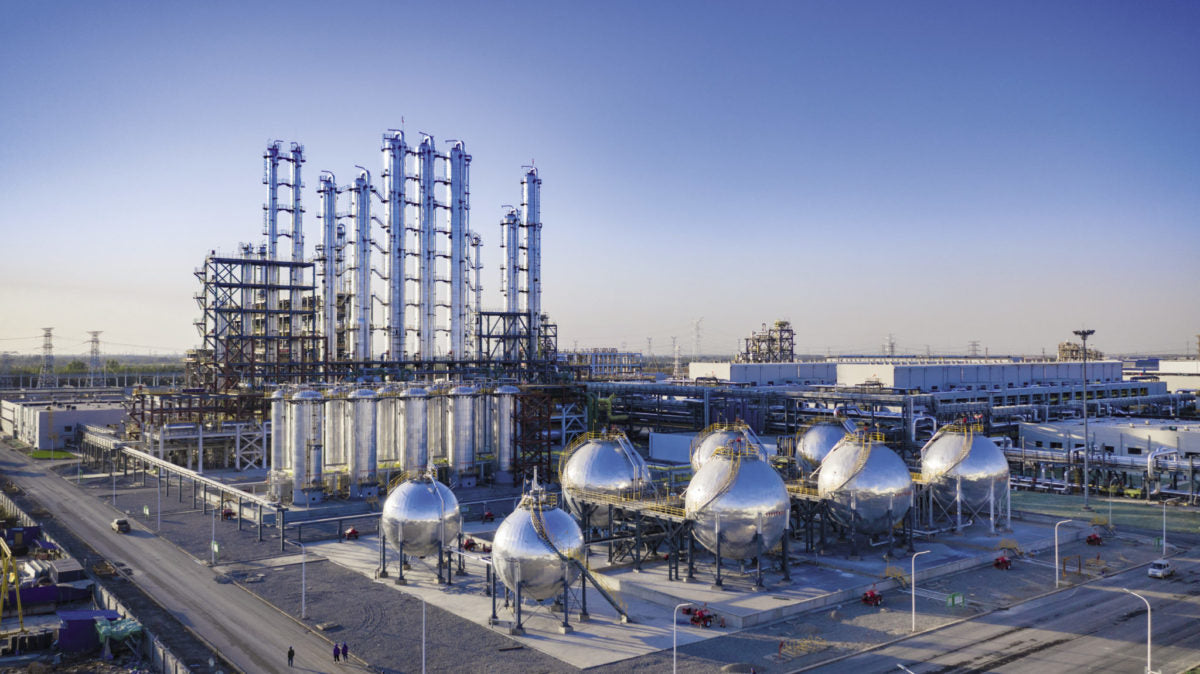https://www.pv-magazine.com/2022/07/11/the-stabilizing-effect-of-vertical-east-west-oriented-pv-systems/
The stabilizing effect of vertical east-west oriented PV systems

A vertical agrivoltaic PV pilot in Sweden
Image: Mälardalen University
Scientists from the Leipzig University of Applied Sciences have looked at the potential impact of deploying vertical west-east oriented PV systems on a massive scale in the German energy market. They have found that such installations could have a beneficial effect in stabilizing the country's grid, while allowing greater integration with agricultural activities than with conventional ground-mounted PV plants.
The researchers used the EnergyPLAN model developed by Aalborg University in Denmark. It is commonly used to simulate the operation of national energy systems on an hourly basis, including the electricity, heating, cooling, industry, and transport sectors. It helps to predict how the German energy system might look like with more vertical PV by 2030.
“Only two parameters are systematically varied: firstly, the share of installed power of the different PV variants,” the academics said, noting that they did not consider solar trackers. “Secondly, two scenarios are considered, in which either a large-scale electricity storage is integrated or not.”
For conventional ground-mounted systems, the scientists considered a tilt angle of 20 degrees and an average estimated energy yield 1,020 Wh/W. For the bifacial vertical west-east oriented systems, they assumed a bifaciality factor of 90% and an annual energy yield of 999 Wh/W, while for vertical systems with a north-south orientation the annual energy yield was indicated at 926 Wh/W.
“In our model electricity demand for 2030 increases to 1,214 TWh/a and depends mainly on the assumptions for energy saving and fuel switch,” they said. “The greatest uncertainties are in the heat supply for buildings and industry.”
They also took into account the higher costs of bifacial panels, as well as that the installable power per area of vertical installation is lower due to shading effects, as the module row distance usually ranges from 8 meters to 12 meters, which in turn increases wiring costs.
Popular content
“The additional cost for the land itself must be shared with the retained agricultural land use or benefit due to biodiversity promotion,” they said.
The scientists found that vertical PV systems can shift solar yield into hours of higher electricity demand and more electricity supply in the winter months, thus reducing solar curtailment.
“If electricity storage of 1 TW charging and discharging power and 1 TWh capacity is integrated into the energy system model, the effect is reduced to CO2 savings of up to 2.1 Mt/a with 70% vertical east-west and 30% inclined south facing modules,” they said. “Finally, while it might seem unrealistic for some to achieve a rate of 70% vertical power plants, even a lower rate has a beneficial impact.”
They described their findings in “Integration of vertical solar power plants into a future German energy system, published in Smart Energy. “The intention of this paper is by no means suggesting for all utility PV systems being vertically mounted in future,” they concluded. “Much rather a new opportunity is highlighted. Vertical PV systems can support the overall energy system.”
This content is protected by copyright and may not be reused. If you want to cooperate with us and would like to reuse some of our content, please contact: editors@pv-magazine.com.




